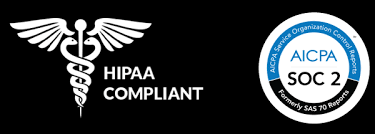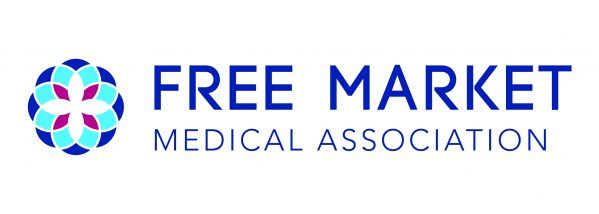Fully-Insured vs. Self-Funded Health Plans: Key Differences for Employers

When it comes to offering health benefits, employers face one of the most important financial and strategic choices: self-funded vs. fully insured health plans. Both models provide coverage for employees, but the way they are funded, regulated, and managed is very different.
For employers evaluating options, understanding what is fully insured vs self funded, and the pros and cons of each, is essential to making an informed decision.
What Is a Fully Insured Health Plan?
In a fully insured health plan, the employer pays a fixed premium to an insurance carrier. The insurer then assumes the financial risk of covering employees’ healthcare claims.
Key features of fully insured plans include:
- Fixed monthly premium: Predictable costs regardless of claims activity.
- Carrier-managed risk: The insurer covers all claims, whether large or small.
- Regulated at the state level: Plans must comply with state insurance laws and mandates.
- Administrative simplicity: The carrier handles claims processing, network management, and compliance.
For employers, the primary advantage is stability. The trade-off is less transparency into claims data and limited flexibility to design benefits compared with self-funded options.
What Is a Self-Funded Health Plan?
A self-funded health plan, sometimes called a self-funded employer health plan, works differently from fully insured plans. Instead of paying premiums to an insurance carrier, the employer directly covers employee healthcare claims as they occur. Most companies partner with a third-party administrator (TPA) to handle claims processing, reporting, and compliance, while retaining oversight of plan funding, stop-loss coverage, and overall benefit design. This structure provides greater transparency into claims data and flexibility in plan design, though the employer assumes the financial risk.
Key features include:
- Employer assumes risk: The company pays employee claims directly.
- Stop-loss coverage: Employers often purchase stop-loss insurance to protect against catastrophic claims.
- ERISA regulation: Unlike fully insured plans, self-funded plans are governed by federal law, not state law.
- Flexibility: Employers can design benefits tailored to their workforce needs.
- Data transparency: Employers have access to detailed claims data for better cost and care management.
Self-funding is increasingly attractive for employers who want control, insights, and cost management advantages in their benefits strategy.
Self-Funded vs. Fully Insured: Pros and Cons
When comparing self-funded vs. fully insured health plans, employers need to weigh stability against flexibility.
Fully Insured Pros:
- Predictable monthly premium.
- Lower financial risk for employers.
- Minimal administrative work.
Fully Insured Cons:
- Less transparency into claims data.
- Premiums may rise annually regardless of claims activity.
- Limited flexibility in plan design.
Self-Funded Pros:
- Greater flexibility to design benefits tailored to the workforce.
- Potential for cost savings if claims are lower than expected.
- Full access to claims data to identify trends and manage costs.
- Administrative work is supported by third-party administrators, allowing employers to focus on oversight rather than day-to-day processing.
Self-Funded Cons:
- The employer assumes financial risk of claims.
- Stop-loss coverage is typically required to protect against catastrophic claims.
- Employers retain responsibility for funding and regulatory compliance, requiring active oversight.
Self-funded plans are increasingly relevant for employers exploring alternative payment models in healthcare, as they allow more control over costs, care delivery, and employee outcomes.
Choosing Between Fully Insured and Self-Funded
In practical terms, choosing between a self-funded health plan and a fully insured plan comes down to control versus certainty.
- Employers who value
predictability and simplicity may lean toward fully insured plans.
- Employers seeking
flexibility, detailed data, and potential long-term savings often consider self-funding.
Size also matters. Larger organizations with stable workforces are more likely to self-fund, while smaller employers may prefer the financial certainty of fully insured plans. However, innovations like level-funded plans and robust stop-loss options are making self-funded health plans more accessible to mid-sized employers as well.
Final Word
The choice of self-funded vs. fully insured is one of the most important decisions an employer will make when designing a benefits strategy. Both models have advantages, and the right fit depends on an organization’s size, risk tolerance, and long-term goals.
At Health Compiler, we help employers and their partners make sense of healthcare data. Our healthcare data analytics solutions turn complex claims and clinical data into actionable insights, helping self-funded employers control costs, improve outcomes, and demonstrate the true value of their health plans.



